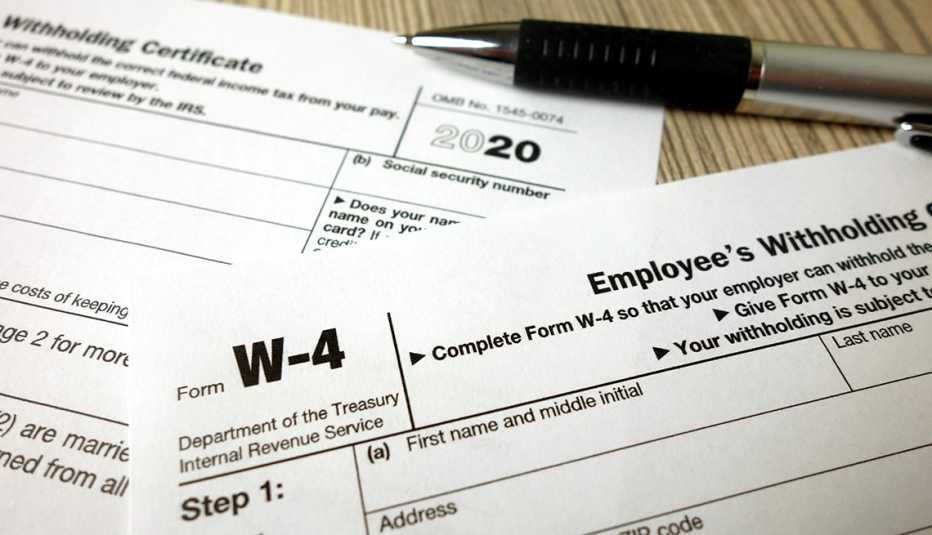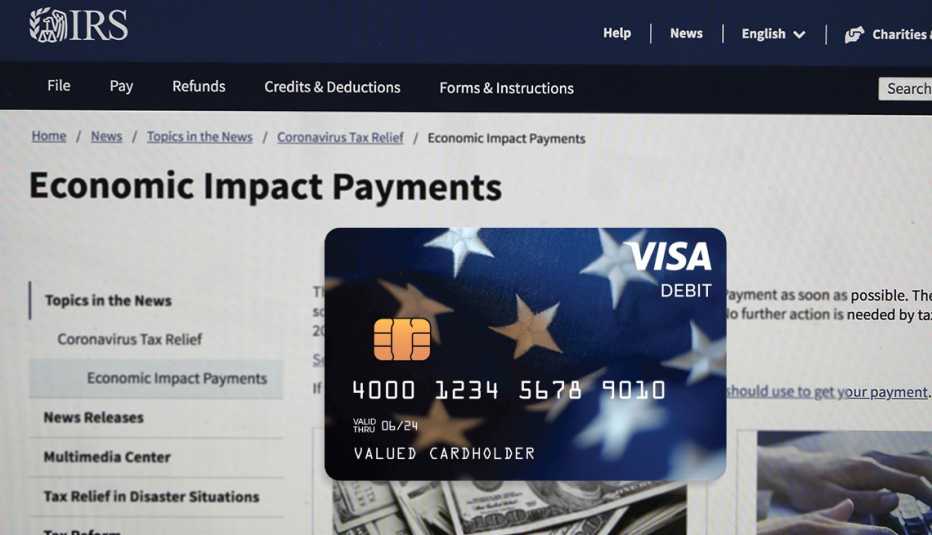Staying Fit
If you haven't filled out the Internal Revenue Service's new W-4 form — the one that tells your employer how much federal income tax to withhold from your paycheck — don't delay any longer. The Tax Cuts and Jobs Act, passed in December 2017, made enough changes to the tax code that refiguring your federal income tax withholding now could help you dodge a surprisingly big tax bill later.
The IRS rolled out the new form on Jan. 1, 2020, and if you missed it, that's not surprising. People typically fill out the W-4 only when they start a new job. These days, thanks to the coronavirus, few workers are getting hired.


AARP Membership— $12 for your first year when you sign up for Automatic Renewal
Get instant access to members-only products and hundreds of discounts, a free second membership, and a subscription to AARP the Magazine.
The IRS says the new W-4 is more accurate, which is good. Withholding too little could set you up for a nasty tax bill next year, and penalties as well. Withholding too much is a sure way to get a tax refund, though in reality all you are doing is giving Uncle Sam an interest-free loan. Most experts say it's best to withhold (as closely as you can) the exact amount you owe.
The new form may also take longer to fill out, and doing it accurately can require having access to your tax return from last year as well as your current pay information.
Allowances are history
On the old W-4, you could use personal allowances to raise or lower the amount of taxes your employer withheld from your paycheck. The more allowances you could claim, the less withheld; the fewer allowances, the more withheld. It was confusing for many, especially those new to the workforce, but it was a familiar process to experienced workers.
Those days are past, however: Allowances were tied to personal exemptions, and the Tax Cuts and Jobs Act suspended personal exemptions until 2026. The new tax law boosted the standard deduction substantially, which lowers taxes for many but makes it difficult for most taxpayers to itemize deductions. The standard deduction for single taxpayers in the 2020 tax year is $12,400. It's $24,800 for married couples filing jointly. Those who file as head of household have an $18,650 standard deduction.
Now, if you want to change the amount your employer withholds for taxes, you have to use the new W-4. You'll need to enter your filing status, income from other jobs and the number of dependents you have, among other things. Your employer will figure your tax withholding from that information. You're not required to fill out the new W-4 if you've been in the same job since before Jan. 1, 2020, but doing so will help ensure you don't get stuck with a surprise tax bill. If you start a new job in 2020, you're required to use the new W-4.





































































